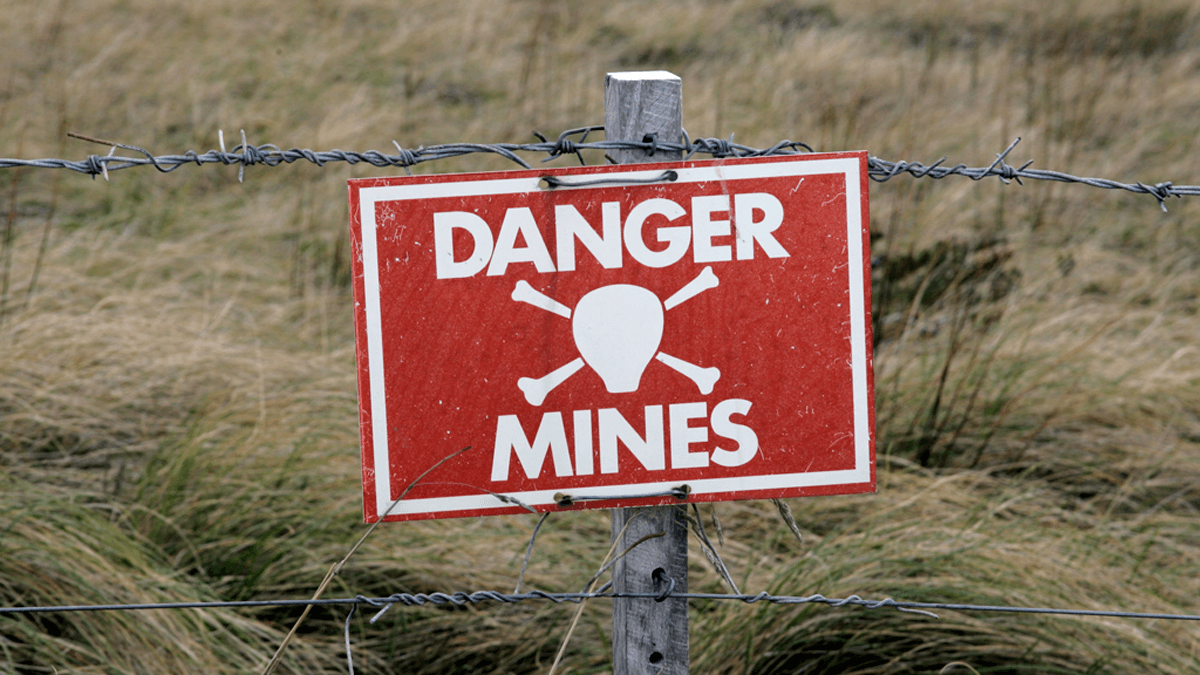A landmine is something that could blow up your high-stakes project. Consider 3 points: 1) Landmines pose a greater threat in unfamiliar terrain, so be extra careful outside your core. 2) We don’t like to think about unhappy thoughts–like landmines–so be diligent in investigating assumptions that could become landmines. 3) No one steps on a landmine they can see. So the team’s first job is to make all assumptions visible… and then determine which might be a landmine.
To see how this is done, view the video at Project De-risking with Minesweeper
A large, unexpected revenue upturn this quarter feels good, right? But the satisfaction is fleeting. What you need is growth that is unrelenting, earned and reliable. If your growth is serendipitous—not the result of superior growth capabilities—you’re just setting yourself up for problems in 12 months. That’s when you’ll be held accountable for year-over-year results. Then you’ll be expected to repeat last year’s revenue windfall and then some.
More in article, B2B Organic Growth: Moving to earned growth
In B2B-optimize quantitative interviews you ask customers to rate importance and current satisfaction for key customer outcomes. Without these convergent interviews, you’re essentially “guessing” what customers want. You simply cannot trust qualitative insight alone, as we all tend to “hear what we want to hear.” This is called confirmation bias… and the only antidote is to ask customers to think in a structured manner, giving you quantitative data in an unfiltered fashion.
More in Preference Interview Research Report
Without well-executed, qualitative, divergent interviews, you can expect errors of omission… failing to uncover unarticulated customer needs. Are teams criticized for these errors? No, because no one realizes something was omitted at the time of the error. A second problem is the failure to engage customers. You miss the chance to impress them as a supplier that wants to better understand and meet their needs.
More in article, The Front End of Innovation: How much is “too much”?
A good business leader understands that every decision will have second-order effects after the initial “intended consequence.” Slower future growth is the second-order effect that often follows these decisions: 1) severe spending cuts, 2) rapid re-organizations, 3) hiring freezes, 4) travel bans, 5) R&D staffing cuts, 6) marketing staffing cuts, 7) new initiatives that distract, and 8) excessive M&A activities. Some such decisions may be needed… but consider the second-order impact on your growth.
More in article, Stop Stifling B2B Organic Growth with 2nd Order Effects
What should be done if highway traffic slows to a crawl? Probably not put more cars on the entrance ramp, right? With every month of delay, a typical B2B new product loses $80K in net present value. So reduce your number of active projects and accelerate those that remain. The best way to kill dead-end projects—or stop them from even starting? Better up-front work. Then your R&D only works on customer outcomes you know they want, not hope they want.
More in white paper, Guessing at Customer Needs
If your NPD teams are confident of customer needs, your projects will go faster for 3 reasons: 1) Bad ideas are killed quickly, freeing up resources. 2) Dead-end detours and diversions are avoided. 3) Hesitation—with second-guessing, delays and debates—is squelched. As Netscape founder, Jim Barksdale, said “If we have data, let’s use it. If we have opinions, let’s use mine.” B2B innovators can find the data they need in Market Satisfaction Gaps.
More in white paper, Market Satisfaction Gaps







